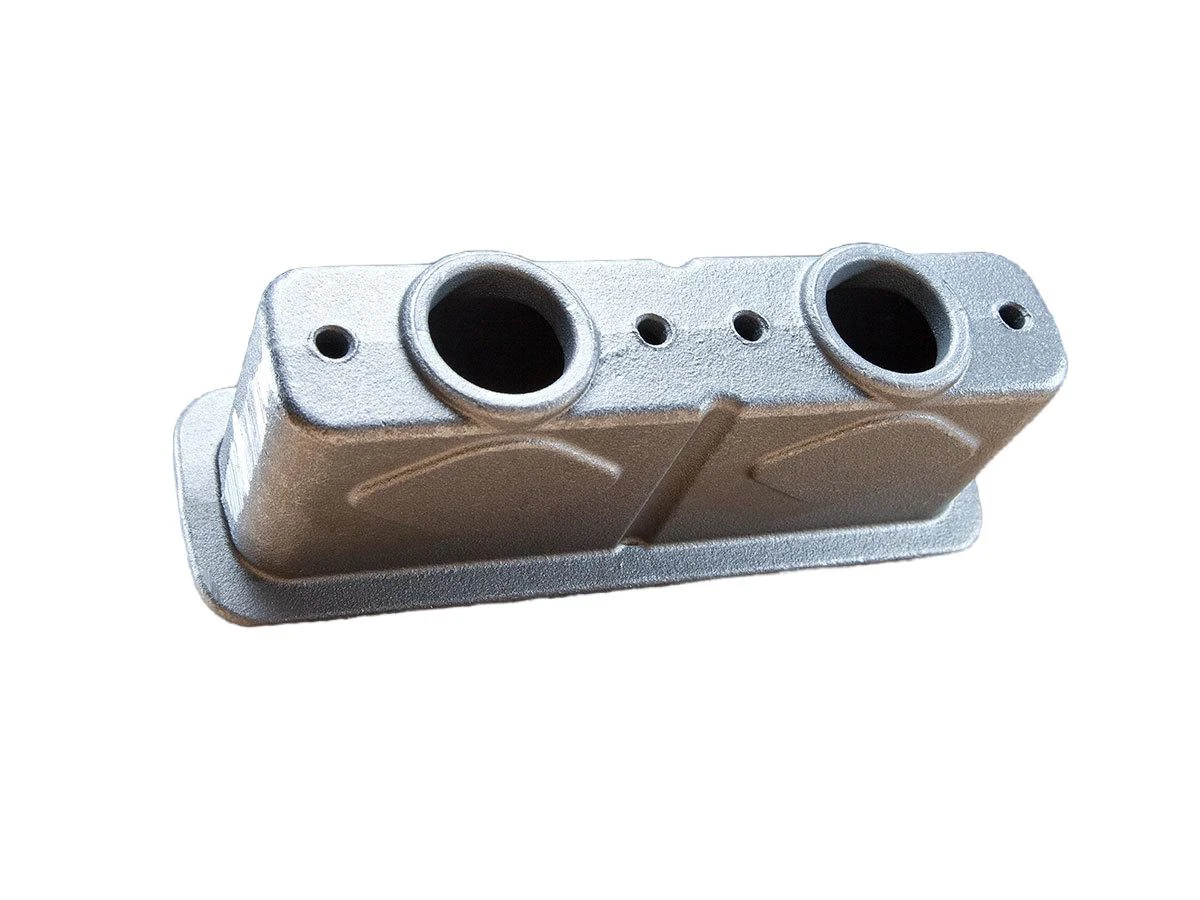Fundamentals of Die Casting Techniques and Processes for Efficient Manufacturing
Die Casting Basics An Introduction
Die casting is a manufacturing process that has been in use for decades, renowned for its ability to produce complex metal parts with high precision and excellent surface finishes. This technique is essential in various industries, including automotive, aerospace, electronics, and consumer goods. Understanding the basics of die casting is crucial for anyone involved in manufacturing or engineering.
At its core, die casting involves forcing molten metal into a mold cavity, which is shaped like the desired final product. The molds, known as dies, are typically made from steel and are designed to withstand high pressures and temperatures. There are two primary types of die casting processes hot chamber and cold chamber.
In hot chamber die casting, the metal is melted in a furnace located within the machine. A piston injects the molten metal into the die under high pressure, allowing for rapid cycle times and efficient production. This method is most suitable for metals with low melting points, such as zinc and magnesium. Conversely, cold chamber die casting requires the molten metal to be poured into the injection chamber from an external furnace. This approach is generally used for higher melting point metals like aluminum and copper.
One of the key advantages of die casting is its ability to produce parts with intricate geometries and thin walls. The high-pressure injection of molten metal fills every nook and cranny of the mold, ensuring that even the finest details are captured. This level of precision not only reduces the need for secondary machining operations but also minimizes material waste.
die casting basics

Another significant benefit of die casting is the speed at which parts can be produced. Once the die is manufactured, it can be utilized for large production runs, making it an economical choice for manufacturers. The process can achieve cycle times as short as a few seconds, which is particularly advantageous in industries where high volume is essential.
However, like any manufacturing process, die casting has its challenges. The initial investment for creating the dies can be substantial, which may be a barrier for smaller companies. Additionally, the process may not be suitable for all types of designs, particularly those requiring extensive undercuts or complex features that cannot be easily removed from the die.
Quality control is another critical aspect of the die casting process. Manufacturers often implement rigorous inspection protocols to ensure that the final products meet specified tolerances and standards. This might involve techniques such as X-ray inspection, dimensional analysis, and surface finish evaluation.
Environmental considerations are also becoming increasingly important in the die casting industry. Many manufacturers are exploring more sustainable practices, including recycling metal scrap and reducing energy consumption during the melting and processing stages. Innovations in die casting technology, such as advancements in mold design and automated processes, are contributing to a more eco-friendly approach to metal manufacturing.
In conclusion, die casting is a vital manufacturing process that offers numerous advantages in producing high-precision metal components. While it requires careful consideration of design and investment, its benefits in speed, efficiency, and accuracy make it a popular choice across various sectors. As technology evolves, the future of die casting looks promising, with ongoing developments aimed at enhancing its sustainability and versatility. Understanding the basics of die casting can pave the way for optimizing production processes and achieving superior product quality in the competitive landscape of modern manufacturing.
-
OEM Sand Cast Pump Valve Fittings - Baoding Hairun Machinery And Equipment Trading Co., Ltd.NewsJul.31,2025
-
OEM Sand Cast Pump Valve Fittings - Baoding Hairun | Precision Engineering, CustomizableNewsJul.30,2025
-
OEM Sand Cast Pump Valve Fittings - Baoding Hairun Machinery And Equipment Trading Co., Ltd.NewsJul.30,2025
-
OEM Sand Cast Pump Valve Fittings - Baoding Hairun Machinery And Equipment Trading Co., Ltd.NewsJul.30,2025
-
OEM Sand Cast Pump Valve Fittings - Baoding Hairun Machinery|Precision Engineering&Fluid ControlNewsJul.30,2025
-
OEM Sand Cast Pump Valve Fittings - Baoding Hairun Machinery And Equipment Trading Co., Ltd.NewsJul.30,2025















